Grid Renewable Energy
This report was last updated in November 2020. It may no longer be accurate, both with respect to the evidence it presents and our assessment of the evidence. We may revise this report in the future, depending on our research capacity and research priorities. Questions and comments are welcome.
Adding renewable energy capacity to the electricity grid is a critical part of the energy transition and almost certainly contributes to reduced greenhouse gas emissions. However, it is very difficult to prove the additionality of renewable energy offsets, since many projects would be built regardless of their ability to sell carbon credits. Since renewable energy projects are frequently large and complex, project developers can’t rely on the uncertain voluntary offset market to justify new projects. Projects likely to be additional are ones in locations where renewable energy is unprofitable and not mandatory, where offsets provide a large proportion of the funding, and where the developer is continuing to develop new projects.
Giving Green has done an initial assessment of many renewable energy offsets sold directly to consumers, and we have not found any that meet our criteria. Therefore, we do not recommend any renewable energy offsets at this time. However, we are continuing to assess the market for renewable energy offsets that we can recommend, as we believe that some grid renewable energy offsets are likely additional.
Grid renewable energy as a carbon offset
Decarbonizing the power grid is a key part of the energy transition, so electricity production is a natural place donors look to support.
Investing directly into building new plants is unattainable for most climate-conscious consumers, but instead, they can support these projects through purchasing offsets. Offsets for the renewable energy field are a bit more complex than other types of offsets, as there are many different types of credit available. There are at least 5 major players in the field and each NGO has its own name/acronym to refer to offset credit.1 To make matters even more confusing, some credits do not actually claim to reduce greenhouse gases (GHGs). In this report, we try our best to demystify this complex field. We will focus on the terminology used by Gold Standard for this review since they are one of the more respected certifiers in the field.
There are two types of offset instruments for renewable energy: Renewable Energy Credits (REC) and Verified Emission Reductions (VER). “[RECs] are tradable, non-tangible energy commodities that represent proof that 1 megawatt-hour (MWh) of electricity was generated from an eligible renewable energy resource (renewable electricity) and was fed into the shared system of power lines which transport energy”.2 By purchasing RECs, consumers can claim to contribute a “direct and quantifiable impact on increasing the share of renewable energy in the global energy mix”.3 They are sold on renewable energy markets. RECs do not require demonstration of additionality, and therefore are not meant to equate to a reduction in emissions. Verified Emission Reductions (VER), in contrast, go through a more robust verification process that seeks to verify additionality, and therefore guarantee reduction in GHG emissions. Since the focus of our review is to find instruments that cause reduction in emissions, we will be focusing on VERs.
Theoretically, this market is a win-win-win situation: creators of renewable energy projects can fundraise money for their investments, consumers of VERs get to claim reduction in emissions, and active steps are taken towards reduction in GHG emissions. But do investments into VERs actually cause reduction of GHGs? Let’s take a closer look at the certification process and how complex it can become.
1 Table 1 in http://www.offsetguide.org/wp-content/uploads/2019/11/11.15.19.pdf
2 https://www.goldstandard.org/articles/gold-standard-renewable-energy-labels
3 https://www.goldstandard.org/impact-quantification/renewable-energy-markets
Causality
Adding renewable energy to the grid will reduce GHGs if it is replacing generation (either current or planned) that would have taken place using fossil fuels. This is likely true in most circumstances, since fossil energy is the most common source of grid generation. However, this might vary based on the circumstance. For instance, if renewable energy is used to replace nuclear energy (which may happen in countries that are phasing out nuclear power), then the renewable energy may not actually have an effect on GHGs. Overall, it is important to know the dynamics of the specific electricity market to understand causality of renewable grid energy projects.
Project-Level Additionality
A grid electricity project satisfies project-level additionality if it only would have been developed due to the ability to sell VERs. Depending on the specifics of the local power market, this assumption may or may not hold for a number of reasons.
First, renewable energy technologies such as wind and solar are becoming comparable in cost to fossil fuel generation of power without the sales of VERs4, making investments into renewable energy a potentially attractive option in the absence of carbon offset markets. In places where they are not profitable on their own, they are frequently supported by government subsidies that attract project developers. So VERs may not be a strong factor in a project developer’s decision to invest or not invest into renewable energy (Broekhoff et al. 2019). This may not hold in all places: region-specific assessments for energy generation profitability may improve one’s ability to determine additionality more accurately. For example, Cames et al. 2016 highlight that additionality is unlikely to hold in India due to high profitability of on-shore wind generation.
Second, the problem lies in the market itself. Once projects receive certified VERs, they need to sell them in order to realize any value. Project developers who sell their VERs on voluntary markets cannot be sure that anyone will buy them. Also, prices are driven by market forces, so project developers will be unsure about future revenues from offsets even if they are purchased. This creates uncertainty in the revenue stream for investors. Anticipating high unpredictability of fundraising on the voluntary market makes potential project developers heavily discount the outcomes from the market, and hedge against the volatility by relying on different sources of funding. One potential solution to this is to secure the purchase of the VER prior to implementation through emission reduction purchase agreements, or ERPAs (Broekhoff et al. 2019). Offsets purchased as part of ERPAs, therefore, have a higher chance of being additional, but these are generally not purchasable in small quantities by individuals.
Timing is a critical issue. VERs are only issued by certifying agencies after a plant is up and running. Therefore, in a very literal sense buying VERs that are not part of an ERPA cannot possibly cause a project to be executed. It arguably makes sense to take a wider view of causality: by creating demand for VERs through the purchase of an offset, you can spur future projects that rely on offset sales to be profitable. If projects are being developed due to the belief that the project developers will be able to sell VERs in the future, they need to see active demand in the VER market. Therefore, by buying VERs for a past project, you may cause future projects to be developed. There is a much more direct link if the organization selling the VERs is continuing to develop more renewable energy projects, and can use the income from offsets to fuel these new investments.
Another problem is that the voluntary markets cover only a small fraction of total costs, which further demonstrates that VERs may not alter the decisions of investors (Gillenwater 2008). In the case of the Belen plant, generated VER revenue per year is projected to be 584,010 euros per year, or about 10% of yearly revenue from electricity sales. While this is not a trivial amount, it is unclear if this was really enough to swing the initial investment decision.
4 US energy information administration compares costs electricity generation, concluding that, on average pre-tax costs of operating/building a wind plant are comparable with non-green technologies (link).
Marginal Additionality
Marginal additionality is achieved if each offset/VER sale can lead to additional GHG removal. Renewable energy generation projects are large, capital-intensive projects. They tend to have high up-front costs, and then relatively low operational costs that should be easily covered by electricity sales. Therefore, VER income is generally not necessary to keep projects running once they are already built.
Also, in most cases, a developer is managing just one project. This means that if they receive VER income above their capital and operations cost for the project, it will likely go towards profits as opposed to developing additional renewable energy projects. This means that at some point, VERs will not have any effect on emissions.
Overall, we believe the marginal additionality for renewable electricity plants is likely to be low, even if project-level is satisfied.
Permanence
When polluting electricity is replaced by clean energy, this permanently avoids emissions. Therefore, there is no concern about permanence in renewable energy projects.
Co-benefits
Fossil energy plants can cause air and water pollution, which has detrimental effects on human health and natural ecosystems. If renewable energy plants cause fossil fuel plants to go offline (or not be built), then it can achieve these co-benefits. However, these can be difficult to measure because it’s difficult to know the exact health and environmental counterfactual. Overall, we believe that renewable energy plants likely do have some co-benefits, though they are difficult to quantify.
Assessment of Grid Renewable Energy Projects
In summary, while we acknowledge that adding renewable energy to the grid is a key part of the energy transition, we believe that it is very difficult to verify the additionality of renewable energy offsets. Therefore, it is difficult to find reliable offsets.
Offsets are more likely to be additional for projects with the following characteristics:
- They are in a context wherein increase in renewable energy is not required by mandates.
- They are in a context where renewable energy projects are unlikely to be profitable, even after taking into account government subsidies
- Offset revenue makes up a large proportion of a project’s revenue.
- The project developer is continuing to develop more renewable energy projects.
Giving Green has done an initial assessment of many renewable energy offsets sold directly to consumers, and have not found any projects in which we are confident that they meet the above criteria. Therefore, we do not recommend any renewable energy offsets at this time. However, we are continuing to assess the market for renewable energy offsets that we can recommend, as we believe that some offsets are likely additional.
References
Gillenwater, Michael. "Redefining RECs—part 1: untangling attributes and offsets." Energy Policy 36, no. 6 (2008): 2109-2119.
Gillenwater, Michael. "Redefining RECs—Part 2: Untangling certificates and emission markets." Energy Policy 36, no. 6 (2008): 2120-2129.
Gillenwater, Michael. "Probabilistic decision model of wind power investment and influence of green power market." Energy Policy 63 (2013): 1111-1125.
Broekhoff, Derik Gillenwater, Michael Colbert-Sangree, Tani Cage, Patrick “Securing Climate Benefit: A Guide to Using Carbon Offsets”, November 2019, http://www.offsetguide.org/wp-content/uploads/2019/11/11.15.19.pdf
Levelized Cost and Levelized Avoided Cost of New Generation Resources in the Annual Energy Outlook 2018 https://www.eia.gov/outlooks/archive/aeo18/pdf/electricity_generation.pdf
Cames, Martin, Ralph O. Harthan, Jürg Füssler, Michael Lazarus, Carrie M. Lee, Peter Erickson, and Randall Spalding-Fecher. "How additional is the clean development mechanism." Analysis of the application of current tools and proposed alternatives (2016). https://ec.europa.eu/clima/system/files/2017-04/clean_dev_mechanism_en.pdf
Support Our Work
Giving Green Fund
One fund. Global impact. One hundred percent of your gift supports a portfolio of high-impact climate organizations, vetted by our research.
Best for:
Donors who want the simplest way to impact multiple climate solutions.
Top Climate Nonprofits
Meet the organizations on Giving Green’s list of high-impact nonprofits working to decarbonize our future, identified through our rigorous research.
Best for:
Donors who want to give directly and independently.
Support Our Work
We thoroughly research climate initiatives so you can give with confidence. For every $1 we receive, our work unlocks another $21 for effective climate solutions.
Best for:
Donors who want to amplify their impact through research.




.png)
.png)
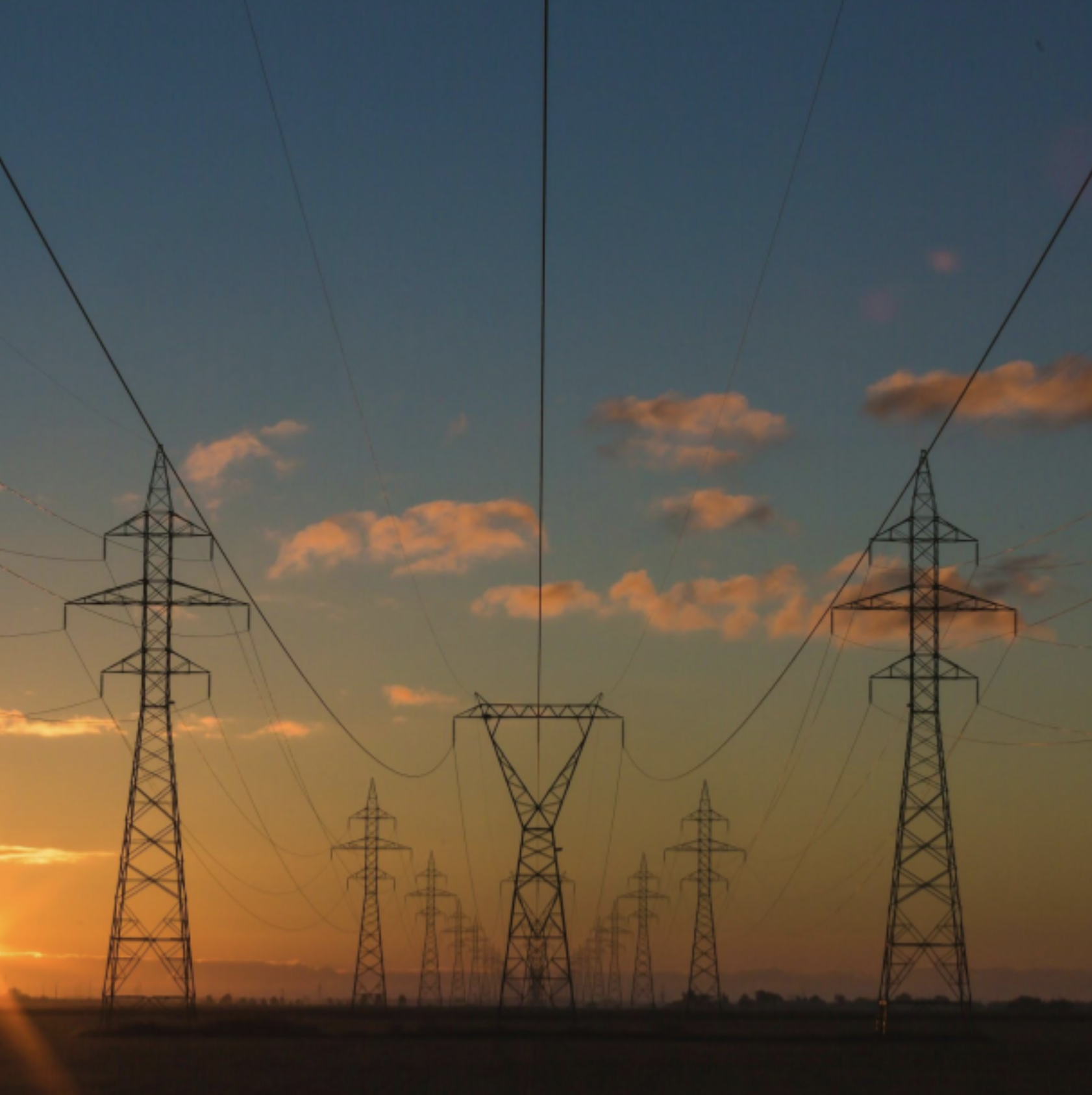
.png)


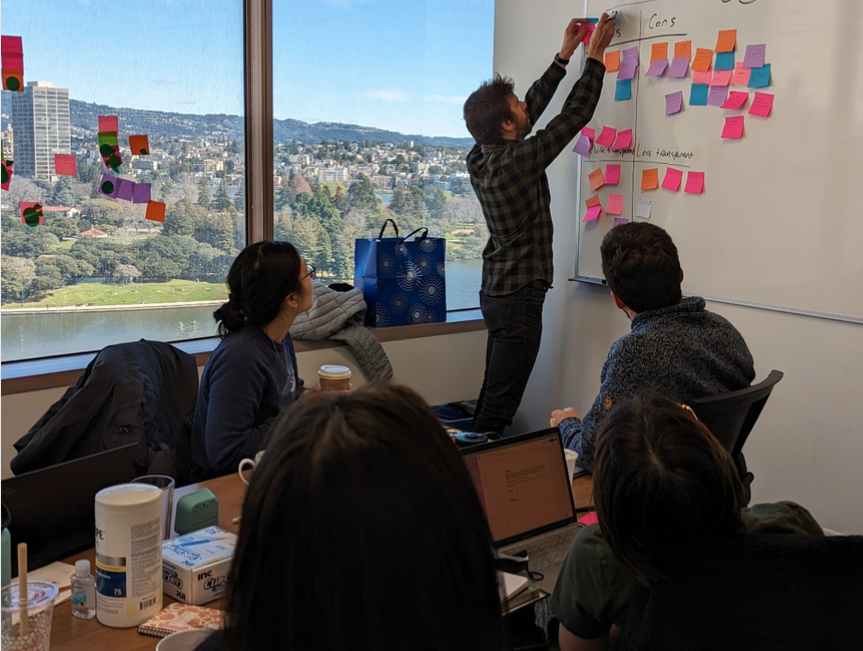
.png)

.png)
.png)
.png)


.jpg)
.png)

.png)







.jpg)
.png)
.png)

.png)



.png)
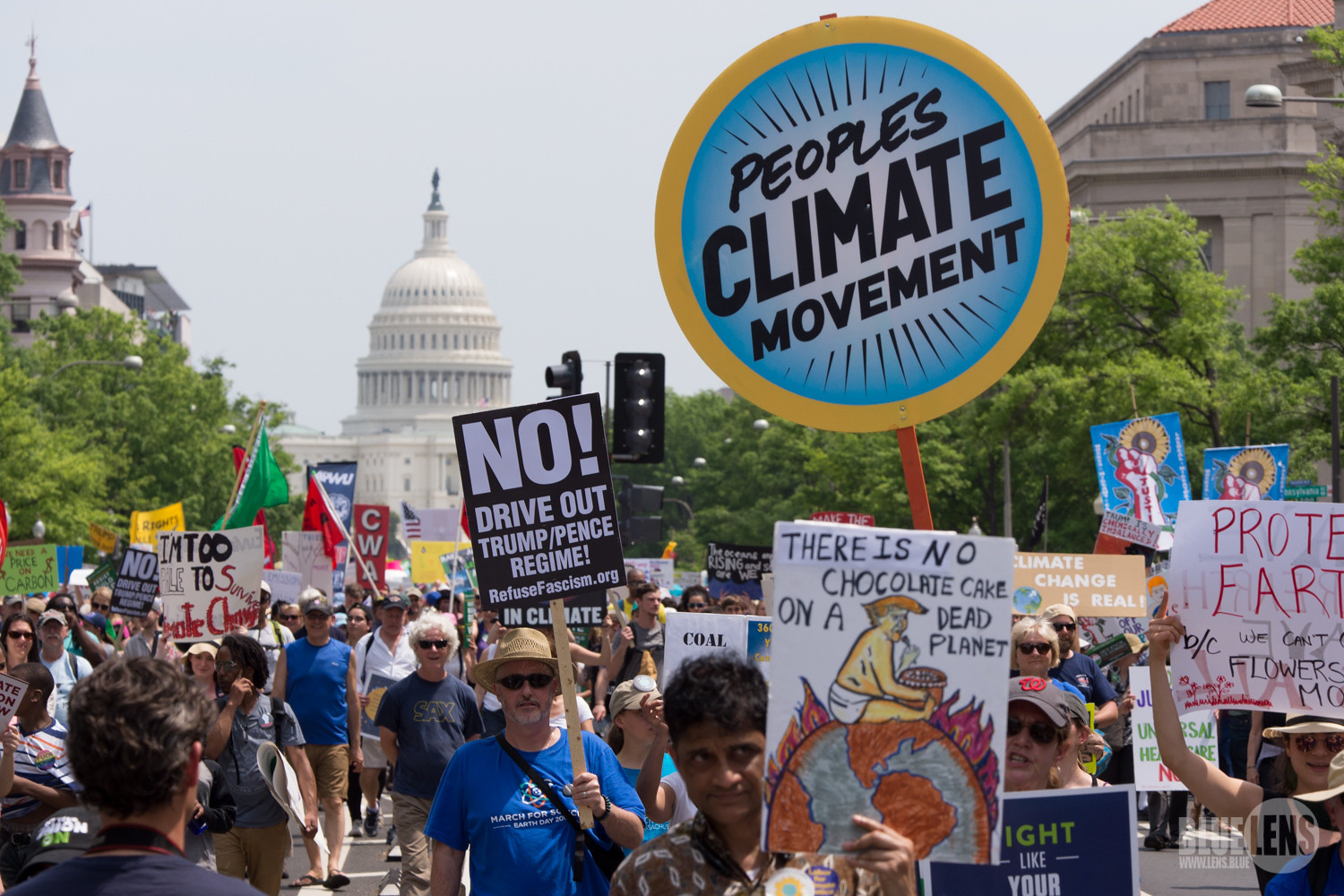

.png)


.png)



.png)
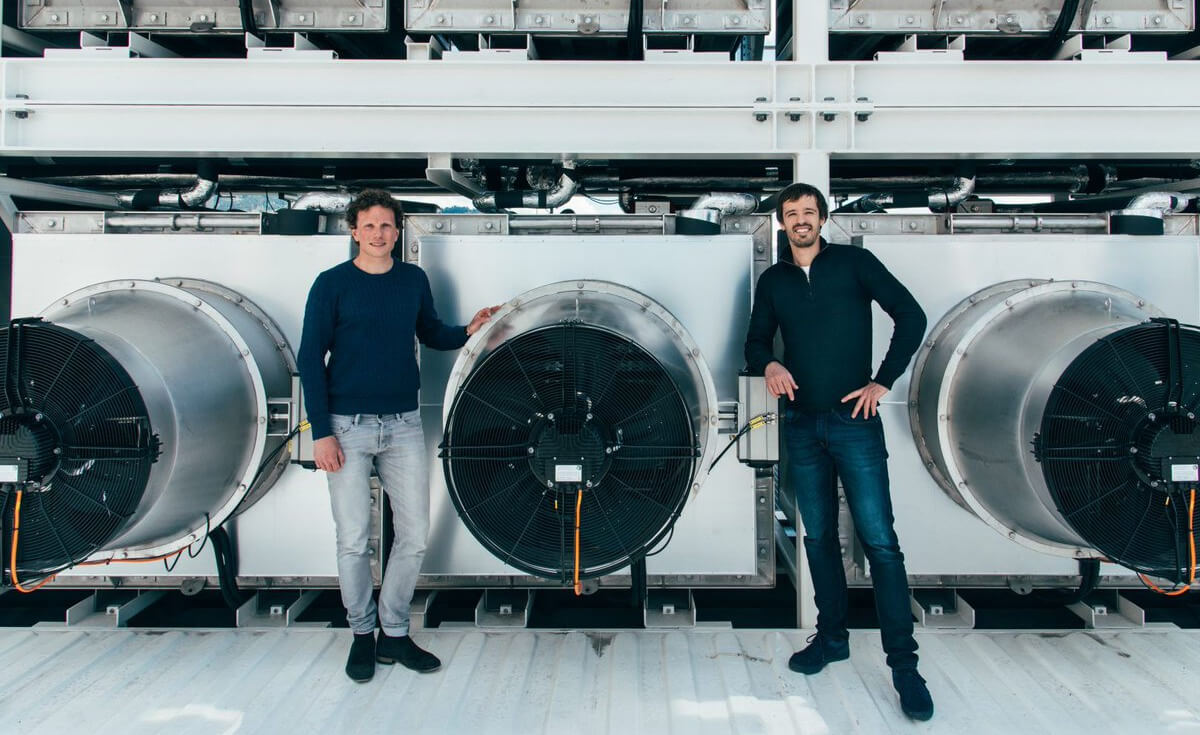


.png)




.png)
.png)
.png)
.png)
.png)
.png)


.png)
.png)

.png)
.png)

.png)



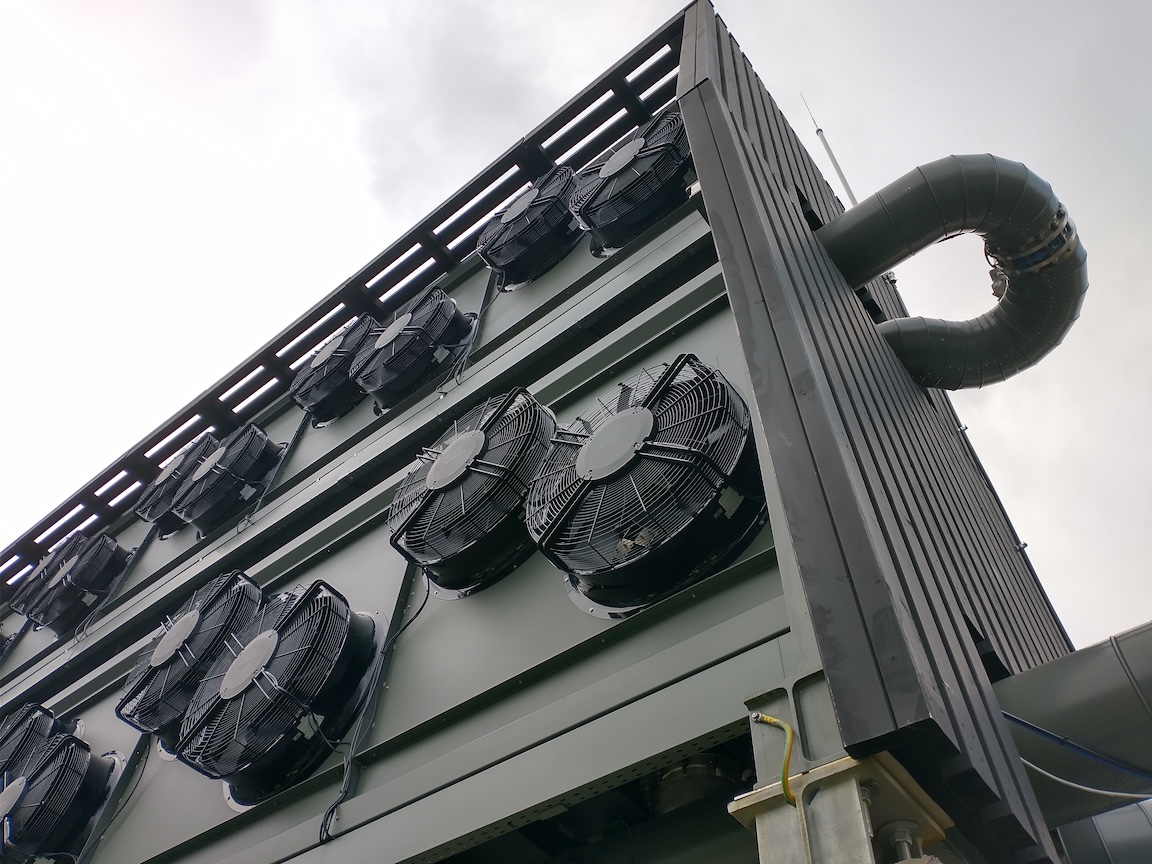
.png)

.png)



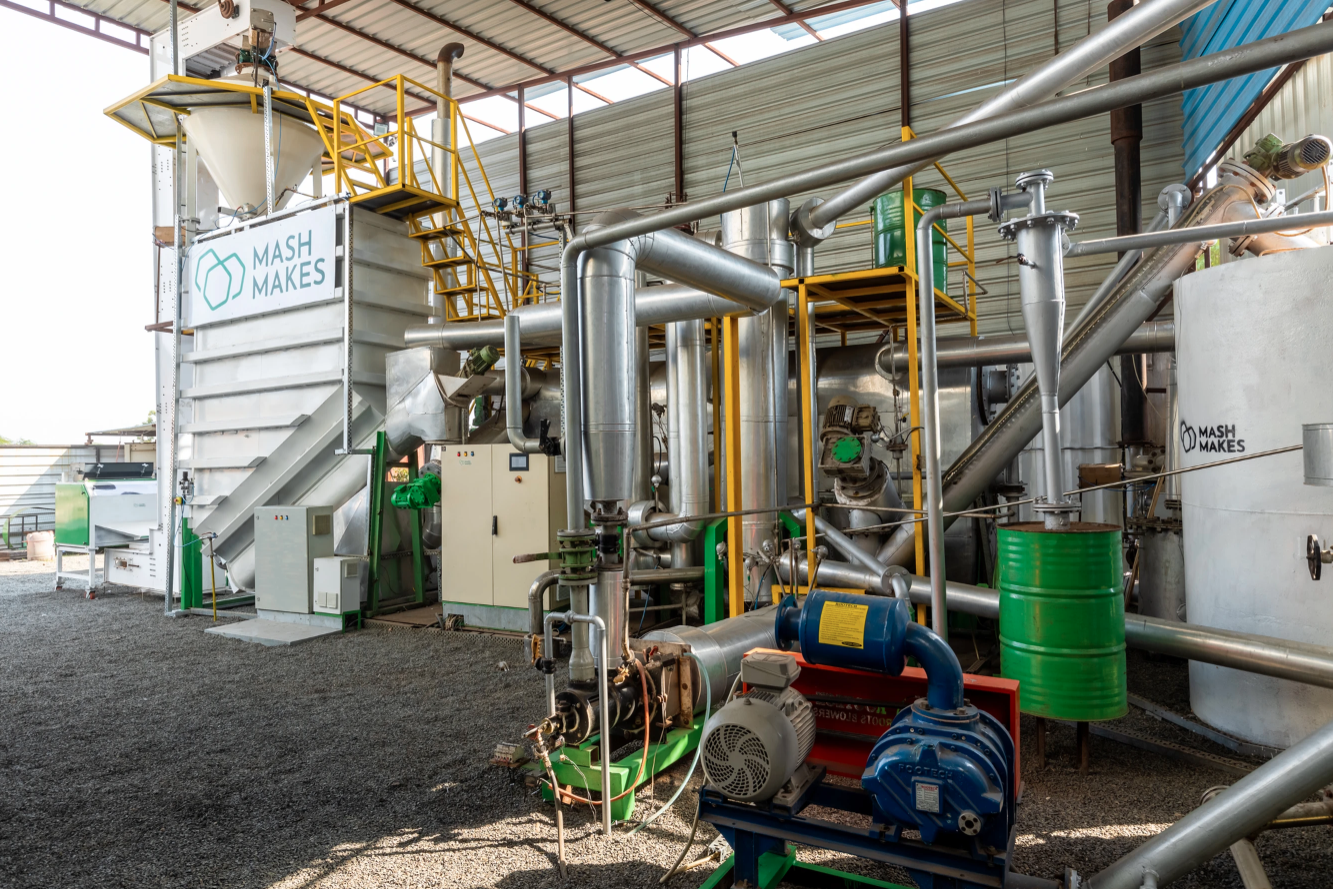

.png)


.png)
.png)
